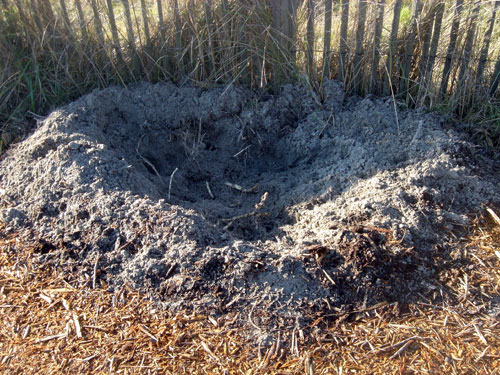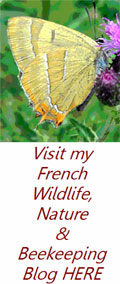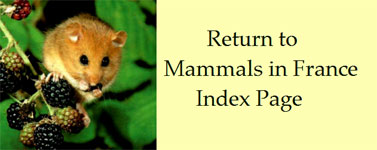Wild boar or Sanglier in France

Wild boar – Sus scrofa – Sanglier
The wild boar is the ancestor of the domestic pig
and is native throughout most of
In
They have a compact body with a coat of stiff
bristles, colour ranging from light grey, varying shades of brown to black.
Piglets, called “marcassins” in French, are coloured differently from
adults, having marbled chocolate and cream stripes lengthwise over their
bodies. The stripes fade by the time the piglet is about 6 months old and
they gradually change to their adult colour.
Adult males are usually solitary outside of the
breeding season, (late autumn-mid-winter), but females and their offspring
(both sub-adult males and females) live in groups potentially as many as 50
but generally 10 to 20 is more likely. Groups may contain 2, 3, or more
adult females, (sows), with one dominant. Group structure changes with
farrowing females leaving the group and others may join. Maturing males
leave the group when they are about 20 months old and sexually active males
will come to the group looking for females to mate. The wild boar is
considered a polygynous species; the dominant male during rut may mate with
several females. However, recent results indicate that this species may also
adopt a promiscuous mating system of polyandry where a male will mate with
several different sows but she will also mate with several males during one
reproduction sequence. When the piglets are born the sow and piglets remain
in, or close to, the nest for 4–6 days. Sows rejoin the group after 4–5
days, and the piglets will cross suckle between other lactating sows. Litter
size is typically four to six piglets but may be smaller for first litter,
usually two to three. The largest litters can be up to fourteen piglets.
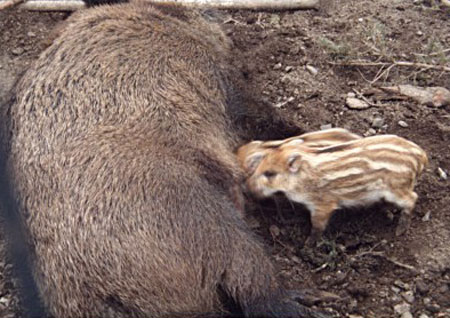
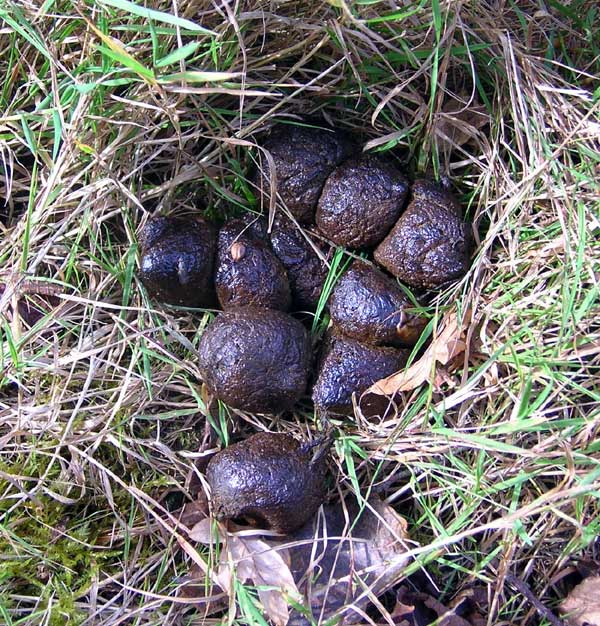
They usually have periods of rest during the day and
an active phase which is mainly food oriented at dusk and overnight although
actual time spent feeding will vary with the seasons and available food
sources. When resting they will lie down in wallows that they dig, sometimes
lined with grasses and plant material, especially when based on very wet
soils or cold. These can be occupied by several animals from the same group.
